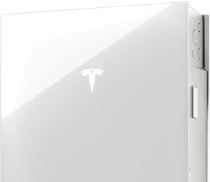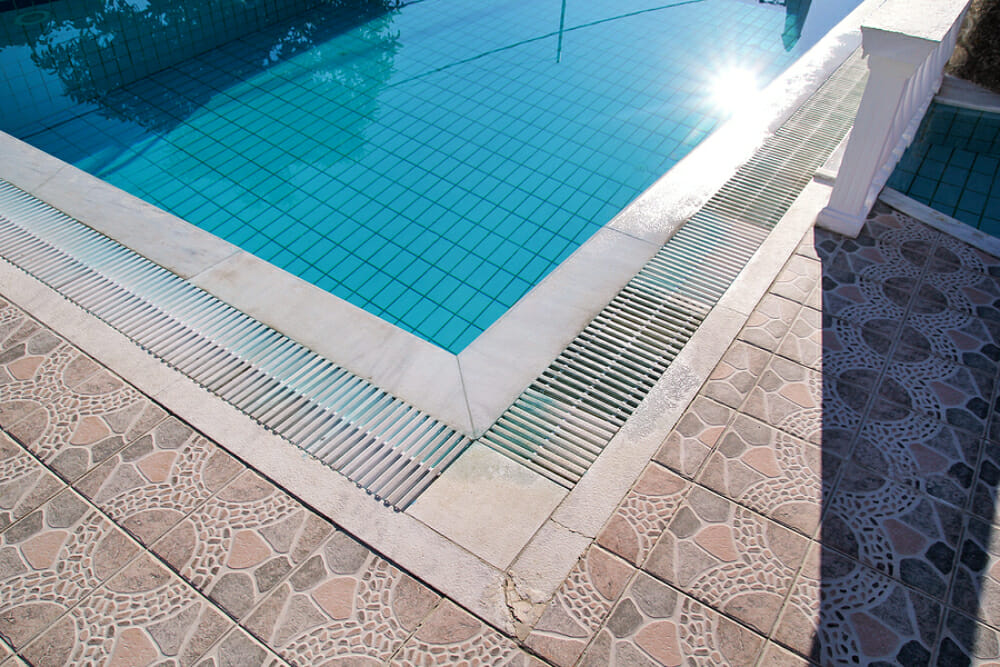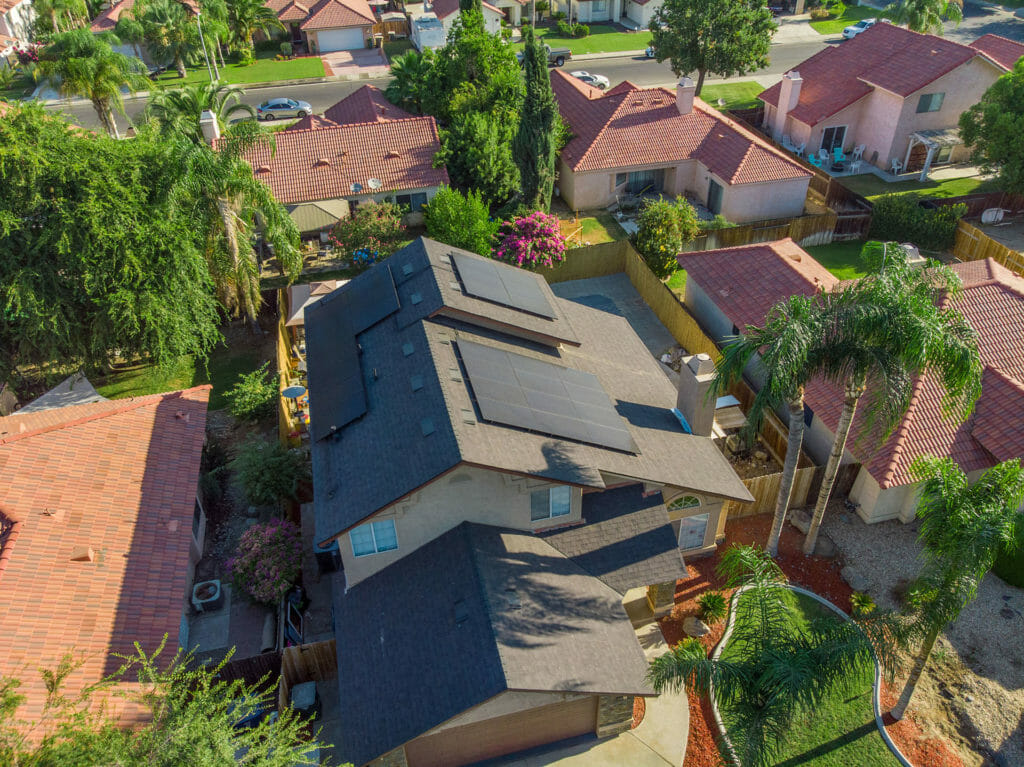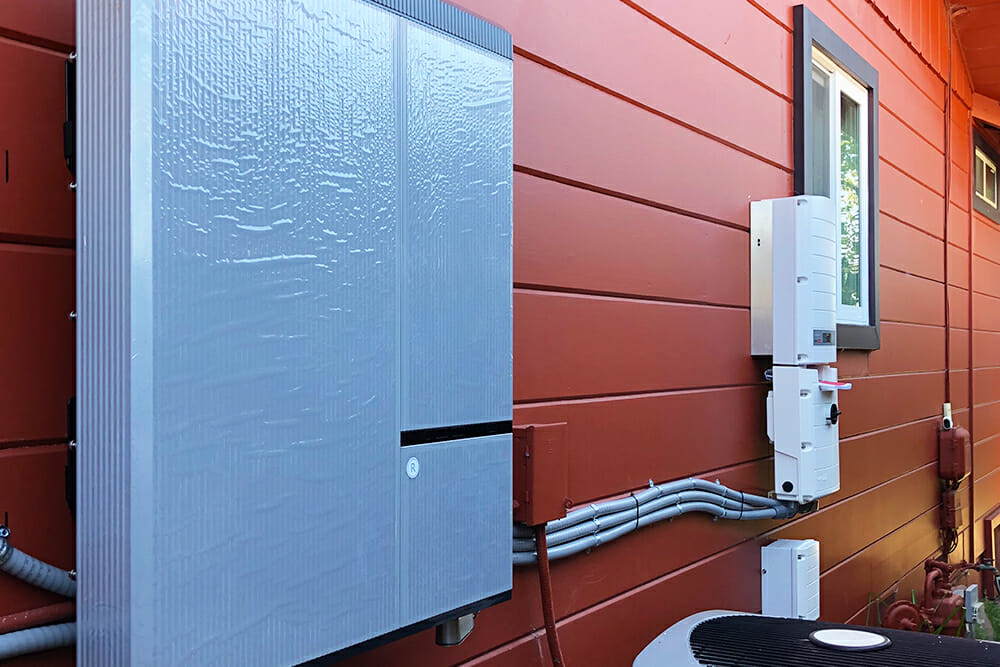During California’s August 2020 heat wave—a period of prolonged triple digit temperatures not seen in the state since 2006—utility companies remained on high alert, as the state’s electrical grid was strained to its absolute limits.
Due to extreme reliance on the grid, the California Independent System Operator (ISO) issued statewide Stage 2 and Stage 3 emergencies, resulting in rotating power outages for thousands of Californians. According to ISO, a Stage 3 emergency indicates that the demand for power is greater than the supply. The extreme heat was the driving force behind this emergency designation, as air conditioning usage soared.
Bay Area residents were hit particularly hard, as up to 250,000 PG&E customers had their power shut off in an effort to reduce strain on the power grid. Those that did not lose power were begged by utilities to significantly reduce energy usage.
This recent heatwave marked the first time the ISO called for rolling blackouts since 2001. But high temperatures are not the only cause for concern: public safety power shutoffs during wildfire season make it likely that Californians will experience more blackouts in the years to come.
Rolling blackouts are more prevalent due to increased wildfire risk during windy conditions.
PG&E has been under immense pressure in the wake of extensive wildfires caused by high winds and outdated, faulty electrical infrastructure. The ongoing legal battles have caused the utility to file Chapter 11 bankruptcy. Not only is PG&E on the hook for hundreds of millions of dollars in reparations, California officials have required the utility to develop and implement a plan to reduce the risk of fires. Consequently, PG&E has taken a hardline stance during high-wind days when their electrical infrastructure is at greatest risk of causing fire. The result is rolling blackouts for those customers within areas of high fire danger.
On October 9th, 2019, the utility cut power to nearly half a million customers in Central and Northern California. Additional shutoffs occurred throughout the month. This decision came one year after the massive Camp Fire, ignited by PG&E’s faulty electric transmission lines and high winds, which scorched over 150,000 acres and destroyed nearly 20,000 buildings.
PG&E’s hesitation to shut off power, and the resulting destruction, forced the company to develop plans to mitigate the effects of severe wind. Under their Public Safety Power Shutdown plan, power lines passing through regions designated by the California Public Utilities Commission (CPUC) as being at elevated (“Tier 2”) or extreme (“Tier 3”) risk for wildfire may be shut off in the event of high wind.
While California’s energy infrastructure has been becoming increasingly fragile, homeowners and business owners have been quick to adopt battery storage systems proven to maximize the savings offered by solar systems, reducing energy usage as utility rates charged by PG&E and other utilities soar. And now, due to the threat of hours- or days-long blackouts due to wildfire threats, solar batteries are proving to be even more useful.
Installing a battery storage system can power essential appliances and devices in the event of rolling blackouts.
PG&E’s CEO recently warned that large-scale, preventative blackouts during wildfire season could persist for a decade or more. Some homeowners have responded by installing solar power systems in order to reduce their reliance on utility-sourced energy.
But even solar power system owners can’t escape outages: solar panels don’t work when the power is out, unless you forego the benefits of a grid-tied system and opt for an off-grid system. Unfortunately, due to cost and space limitations, off-grid systems are infeasible for most solar owners.
While you might not be able to fully eliminate your reliance on the energy grid, you can reduce your reliance with a solar battery storage system. A solar battery storage system stores energy produced by your solar panels for use at night or when the power is out. By sourcing your power from a battery system, you can better manage potential power shutoffs.
Due to solar batteries limited size and limited energy storage capacity, you will have to be very disciplined with your energy usage during an outage. A solar battery won’t reliably power things like HVAC or entertainment systems, but can be used to keep your refrigerator and freezer cold and energy efficient lights on. And for those with health conditions who rely on electrically powered medical equipment, a battery storage system could literally save their lives.
What size solar battery do you need?
A good way to determine the battery size that you need is figuring out how much energy you use. The U.S. Energy Information Administration estimates that the average electricity consumption of a California home is 547 kWh per month, which comes out to about 18 kWh per day. This varies based upon your location and how you use your energy. Be sure to check your energy bill to get a better idea of how much energy you use.
Let’s assume that you use 10 kWh of energy during the evening time, when the sun is down and your solar panels aren’t producing energy. You’ll want a battery storage system with at least 10 kWh of capacity. A number of leading solar battery manufacturers—including Sonnen, LG, and Enphase—offer batteries that have 10 kWh and greater capacity options.
However, even if you have a battery storage system with a capacity that matches your energy demand, you won’t be able to power your entire home. Solar batteries are designed to power essential appliances and devices in the short-term. They can’t handle excessive energy load for more than a few hours. That said, they can keep the lights on and food in the fridge cold, and keep important electrical devices powered in the event that you are hit with a blackout.
Rolling blackouts are becoming more common in California. Solar battery storage systems are a great way to store energy for when you need it the most. If you are interested in a solar battery storage system, contact Ilum Solar! We sell and install brand-name solar batteries, and are ready to answer any questions that you may have.





